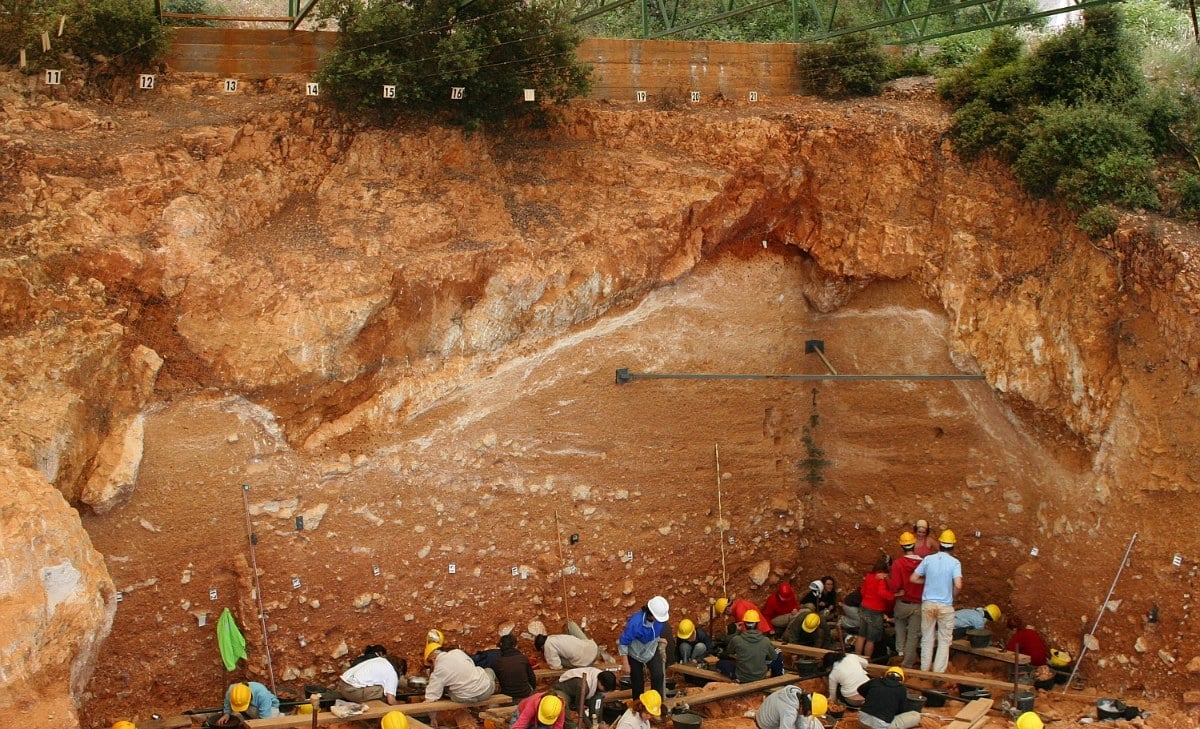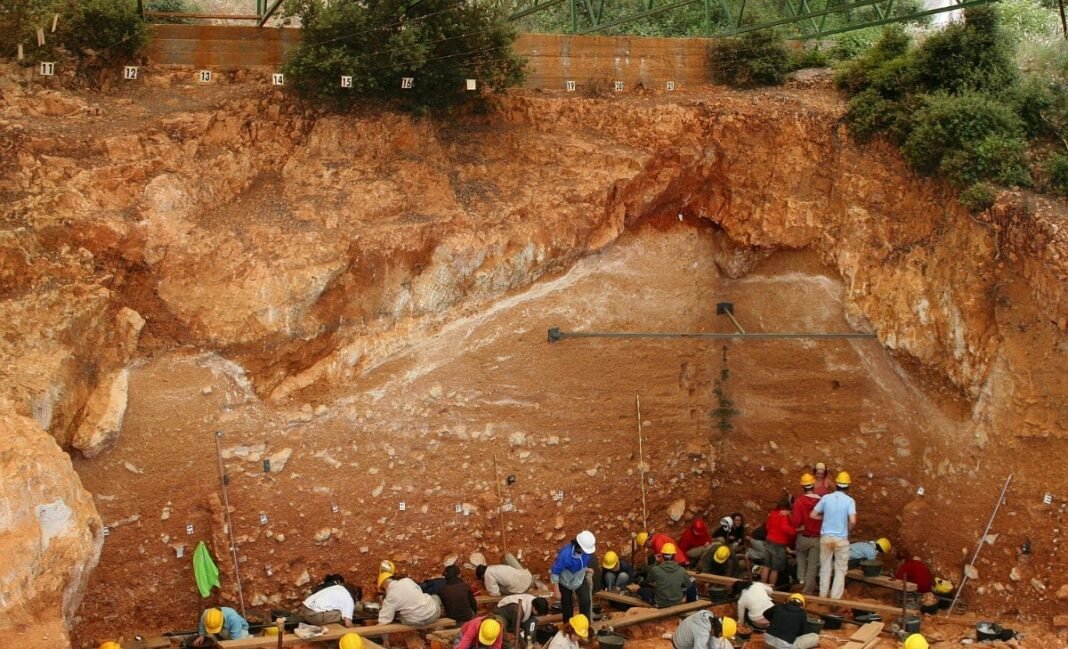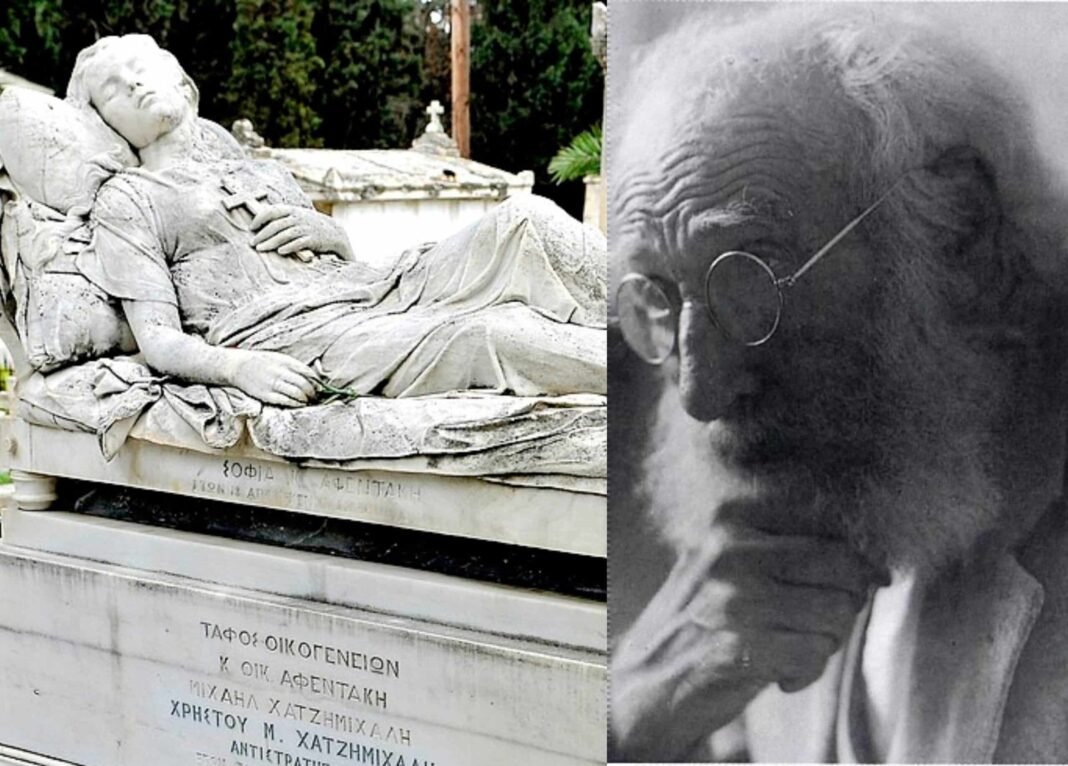
Archaeologists in northern Spain have uncovered what may be the earliest confirmed case of human cannibalism in Europe. A child’s neck bone, bearing precise cut marks, was found in the Gran Dolina cave at the Atapuerca archaeological site and dates back roughly 850,000 years.
Researchers say the bone belonged to Homo antecessor, an archaic human species known only from Atapuerca. Analysis indicates the child was between 2 and 5 years old when they died and was likely decapitated and consumed.
“This case is particularly striking, not only because of the child’s age, but also due to the precision of the cut marks,” said Palmira Saladié, co-director of the Gran Dolina excavation, in a statement Thursday. “It is direct evidence that the child was processed like any other prey.”
Excavation reveals 10 skeletons with similar marks
The discovery emerged as part of a larger excavation, during which researchers unearthed ten skeletons from the same sediment layer.
Many of the bones display cut marks and intentional fractures similar to those seen on animal remains prepared for food. These findings suggest cannibalism was not a singular act but a repeated behavior among early human groups.
Long history of cannibalism at the site
Over three decades of research at Gran Dolina have revealed more than two dozen instances of cannibalism. Roughly 30 percent of the human bones found at the site bear marks from defleshing or biting.
Ancient Cannibalism Confirmed in Spain’s Atapuerca Site
Scientists have uncovered the decapitated vertebra of a 2–4-year-old child, dated to 850,000 years ago, at the Gran Dolina site.
The cut marks suggest intentional decapitation and cannibalism by Homo antecessor the… pic.twitter.com/hdIOAIfqFD
— Space Mechanics (@SpaceMechanicsY) July 25, 2025
Saladié noted that the preservation of the fossils is exceptional, allowing researchers to distinguish between cut marks and human bite marks. “This is the most reliable evidence that the bodies found at the site were indeed consumed,” she explained.
Oldest confirmed evidence in Europe
The newly uncovered skeletons date to between 850,000 and 780,000 years ago. Their age makes them the oldest known human relatives in Europe and the earliest confirmed evidence of cannibalism among archaic humans.
Previous cut-marked bones from Kenya dating to 1.45 million years ago have been linked to possible cannibalism, but researchers say those marks are less conclusive.
Insights into Homo antecessor’s place in human evolution
The remains add to ongoing debates about Homo antecessor. Since the species was first identified in 1997, scientists have questioned whether it was a direct ancestor of both Neanderthals and modern humans or a separate branch of the human lineage. Regardless, it remains the earliest human relative discovered on the continent.
Excavation may reveal more human remains
Gran Dolina has not been fully excavated, and researchers believe further discoveries are likely. “Every year we uncover new evidence that forces us to rethink how they lived, how they died, and how the dead were treated nearly a million years ago,” Saladié said.


